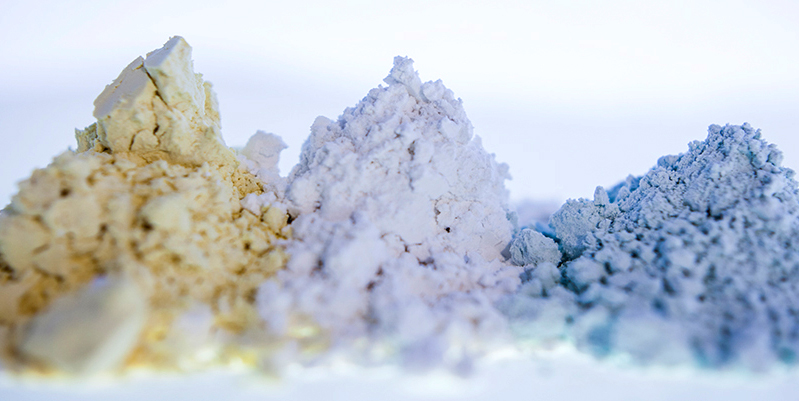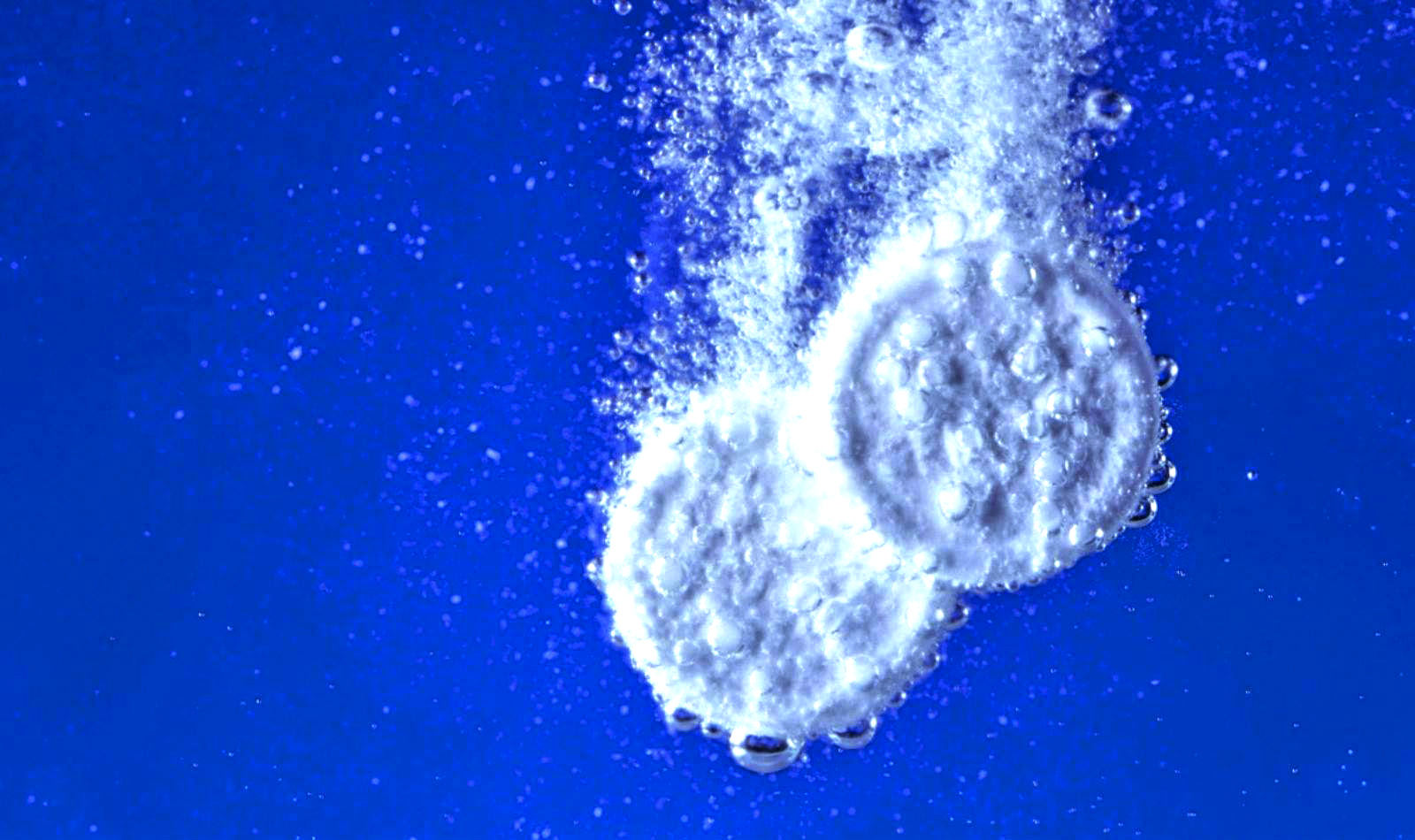[et_pb_section bb_built=”1″][et_pb_row][et_pb_column type=”1_2″][et_pb_text _builder_version=”3.13.1″]
Antacids act by neutralizing the acid in the stomach and make the stomach content less corrosive.
Magnesium carbonate is a chemical compound that can be presented as powders or tablets. It is white with many health benefits. Its main uses are as a laxative, antacid and as a remedy to combat constipation. Hydrotalcite is an octahedral magnesium-based chemical compound marketed under the name of Baytalcid and indicated as an antacid drug for the relief of stomach acid as a result of gastric irritation, acute or chronic gastritis, peptic ulcer, and discomfort caused by hyperacidity, abuse of some drinks and certain foods and medications. Hydrotalcite is well tolerated although it should be avoided in case of severe renal lesions and prolonged administration at high doses. Hydrotalcite tends to exert its antacid effect faster than famotidine and after 2 hours of administration its effects are equally effective. It has been demonstrated that hydrotalcite removes the cytotoxin derived from the bacterium Helicobacter Pylori, one of the agents that inhibits the proliferation of gastric cells during the infection of the microorganism.
Antiads are usually consumed with prior medical authorization, for acid-peptic diseases: reflux esophagitis, gastroesophageal reflux, hiatal hernia with incompetent lower esophageal sphincter, acute and chronic gastritis, gastric and duodenal ulcer disease, alkaline gastritis, medicamentous and alcoholic. Non-ulcer dyspepsia. Nervous gastropathy
The administration of high doses can cause side effects such as the appearance of soft stools and increased frequency in defecation. However, at the recommended doses, these effects are very common.
These drugs should not be dosed for children under twelve, people with hypersensitivity to the active substance. In case of renal failure, long-term administration of doses should be avoided.
[/et_pb_text][/et_pb_column][et_pb_column type=”1_2″][et_pb_text _builder_version=”3.13.1″]
Aluminum and magnesium in antacids do not concentrate in breast milk.
After taking aluminum-containing antacids, the plasma levels of aluminum rise from 7 μg / L at baseline to 55 μg / L at half an hour to fall back to its previous value 3 hours later.
Although minimal amounts of aluminum can be found in milk, it has no adverse effects for the infant. Breast milk contains a much lower amount of aluminum than artificial formulas.
Its low oral bioavailability makes the passage to plasma of the infant from ingested breast milk null or insignificant, except in premature and immediate neonatal period, in which there may be greater intestinal absorption.
According to the WHO in 2002, the aluminum and magnesium hydroxides are compatible with breastfeeding, as they are on its list of essential medicines.
The consumption of hydrotalcite produces side effects, it alters the absorption of: digoxin, tetracyclines, coumarins, iron, ac. chenodeoxycholic, cimetidine, anticholinergic, isoniazid, carbenoxolone, quinidine, phenobarbital, salicylates or quinolone derivatives; take 2 h after any medication. Increases renal excretion of: salicylates. Decreases renal excretion of: quinidine. Increased absorption of Al together with: acidic drinks (juices, wine); do not manage together.
One product that could be of great help is Rennie.
Learn more about health in Pharmamedic.

[/et_pb_text][/et_pb_column][/et_pb_row][/et_pb_section]







